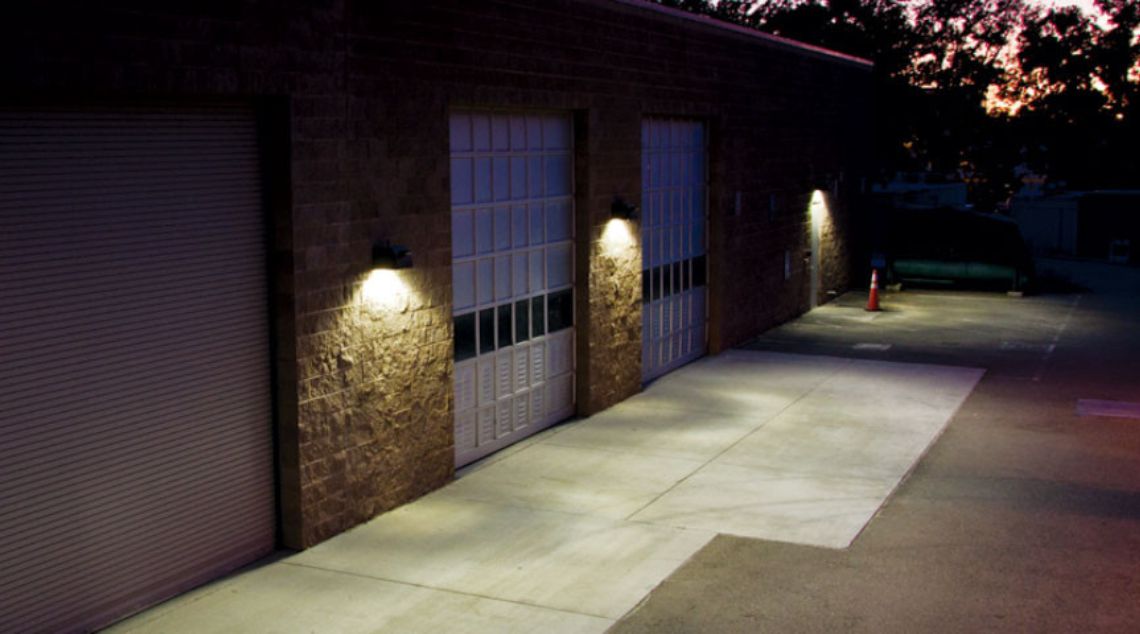The fight against light pollution often feels like it’s at direct odds with modern living. Sure, we could completely eliminate light pollution if we all just gave up on nighttime lighting – but this is neither sustainable nor desirable.
At DarkSky Texas, we believe you can have it both ways through smart engineering, efficiency, and ingenuity. But who decides what is “good” outdoor lighting and what’s “excessive”? Ultimately, each landscaper and architect must adapt their outdoor lighting layouts to their specific project. But as long as we keep sight of the Five Principles of Responsible Outdoor Lighting, we’ll remain on the right track.
Use Light Smartly: The 5 Principles of Responsible Outdoor Lighting
To keep disruption to a minimum, make sure to consider the following goals for every outdoor light you install:
1. Keep the lighting useful
Like every other home appliance, outdoor lights should have a purpose. A lamp may help you see better around your driveway or provide a comfortable background for a gathering. An LED panel can bring extra attention to your business or an emergency.
Either way, ensure there’s a purpose and that the purpose can’t be achieved with a dimmer light or method.
2. Stay on target with the light
Light rays naturally travel far and fast and stay straight unless reflected or redirected. However, the things we need to illuminate are rarely so far away. As a result, it’s very easy for the source of a light (the bulb or LED) installed to see well on a sidewalk or street may easily be visible from the other side of a street or even to invade someone else’s territory (be it a neighbor or a local woodland critter) if it is not shielded.
Responsible lighting should stay on target, shedding light only on the objects, areas, or paths that need it. Keeping lights on target may mean:
- Tilting a lamp downwards or sideways
- Installing shields all the way around fixtures on tall light poles
- Closing a curtain or installing tinted film so that indoor lights don’t become outdoor ones.
3. Keep light brightness low

We humans are daylight creatures. After nightfall, it’s easy to fall into the trap of “the brighter, the better” – as it would make everything closer to daytime conditions.
However, bright lights at night are rarely necessary; in many cases, they may hinder visibility and damage our health.
Surrounded by darkness, bright lights create blinding glare and become disruptive more easily. After a few minutes in relative darkness, pupils adapt, making any bright light more likely to create deep darkness just beyond the illuminated area.
This is especially troublesome around reflective surfaces like paved highways, glass, or water. The reflection and glare can cause accidents for humans and wildlife alike.
The solution? Test out installations with different intensities. Then, select the lowest light level that still does the job. Bonus benefit: this reduction in the amount of light used will reflect on your electricity bill too!
4. Control the light
Even “useful” lights may not be needed at all times. Whenever possible, ensure the lights can be turned off when nobody’s around to use them:
- Parking lots and sports facilities don’t need lights after closing hours
- Storefronts and billboards may serve little purpose at low-traffic times when anyone’s unlikely to see them
- Yard lights are not useful if no one is there who needs to see
Ideally, you shouldn’t need to devote extra brainpower to turn lights off manually. Timers, motion sensors, and Smart Home installations can all help you control these lights automatically or remotely.
5. Choose warmer light colors
White and blue lights are more disruptive for humans and other animals than warmer ones (such as yellow or orange bulbs). This is because shorter wavelengths appear to impact our natural circadian rhythms more. Blue lights (that look white to us) are more efficient at stopping our melatonin production, often feel more stimulating, and may be linked to insomnia and night-time anxiety.
Nowadays, most regular light bulbs come in “warm” (yellowish) and “cold” (white-blueish) versions. And even if you need a seasonal light installation, it may be worth it to rethink your theme to keep your decorations sleep-friendly.
Keep Your Outdoor Lights Up to (Texan) Code
Currently – and after months of hard work! – we all have an extra motivation to rethink our outdoor lights.
In many parts of the State of Texas, the issue of Responsible Lighting is now part of our legislation. This includes many City municipalities and 14 different counties. The exact limits and regulations will vary in each jurisdiction, but they generally deal with two issues:
For public facilities that receive state funding, the principles of targeting, usefulness, and control are now mandatory: lighting fixtures must be cut off and shielded when possible.
Private homeowners should also be wary of light trespass, which could be subject to a “nuisance complaint.”
How Else Can I Help?
The Five Principles of Responsible Outdoor Lighting provide a unified criteria to combat light pollution. However, in many cases, their application may take some time to be obvious, especially where older buildings are concerned.
At DarkSky Texas, we want to make it easy and cost-effective to apply these principles. Our initiatives provide property owners and managers with educational materials, consulting, and expert advice.
Join DarkSky Texas and learn how to reap the benefits of better outdoor lighting and be more sustainable!
Image Credit: RelightDepot


